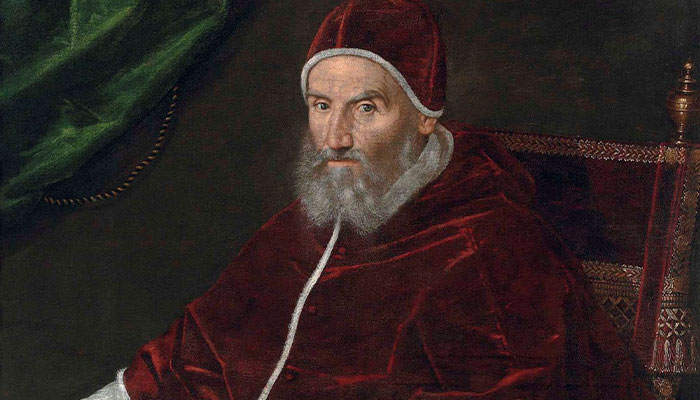2024 is a leap year so we add an extra day on 29 February to our calendar.

What goes around: The reason we have February 29 every four years is because of two different time cycles involved with the rotation of the Earth.
Leap years happen every four years, except if the year is a multiple of 100. But then years that are a multiple of 400 are also leap years. This complex arrangement has a 2000-year history.
The reason for an extra day in a leap year is that there are two fundamental time cycles both to do with rotation. One is the time it takes for the Earth to rotate once on its axis – that's 24 hours, which is a day. The second is the time it takes the Earth to orbit the sun — which is 365.24 days.
To compensate for that extra quarter day each year, we’ve had to make some adjustments.
The pope decided to drop 10 days from that year in October. So the day after 4 October 1582 was 15 October. Too bad if your birthday fell on one of the days in between!
To do this, leap years began more than two millennia ago, when the scientific advisers to Roman emperor Julius Caesar spotted that the years were not properly aligning with the seasons. So in 45 BC, Caesar decreed there would be an extra day every four years to compensate.
The only problem was that this Julian calendar didn’t fully take into account the slow drift that happened because that quarter of a day wasn’t exactly a quarter but 0.24 of a day.
This may not sound significant, and it wasn’t really noticed for centuries, until 1582 when Pope Gregory XIII was advised that the alignment of the seasons and the time of year had really got out of whack – by 10 days to be precise.

Lost days: A portrait of Pope Gregory XIII by Lavinia Fontana (1552-1614) ... the Gregorian calendar is named for him, and has been working well since 1582.
So to compensate for this, the pope’s astronomers worked out mathematically that from then on, every year divisible by four would stay as a leap year in addition to every end of century year divisible by 400 – so 1600 and 2000 were leap years for example but 1900 was not.
To deal with the 10 extra days they’d accumulated and catch up, the pope decided to drop 10 days from that year in October. So the day after 4 October 1582 was 15 October. Too bad if your birthday fell on one of the days in between!
- Parramatta heritage goes online in spectacular 3D
- Zebra finch is a climate change 'canary in the coalmine'
From that point onwards, the Gregorian calendar – as it became known – has been working well. Non-Catholic countries such as Britain and its colonies didn’t adopt the Gregorian calendar until 1752 and by then, they had to drop 11 days to catch up.
Other cultures have different calendars based on the cycles of the moon rather than the sun and Earth. The Islamic Al-Hijra calendar has 354 days and adds an extra day every four years as does the traditional Chinese lunar calendar. This means that celebrations such as the Chinese New Year, Ramadan and Eid don’t fall on the same days each year.
Dr Stuart Ryder is an Adjunct Fellow in the Department of Physics and Astronomy.
* This story was first published on May 25, 2021.



